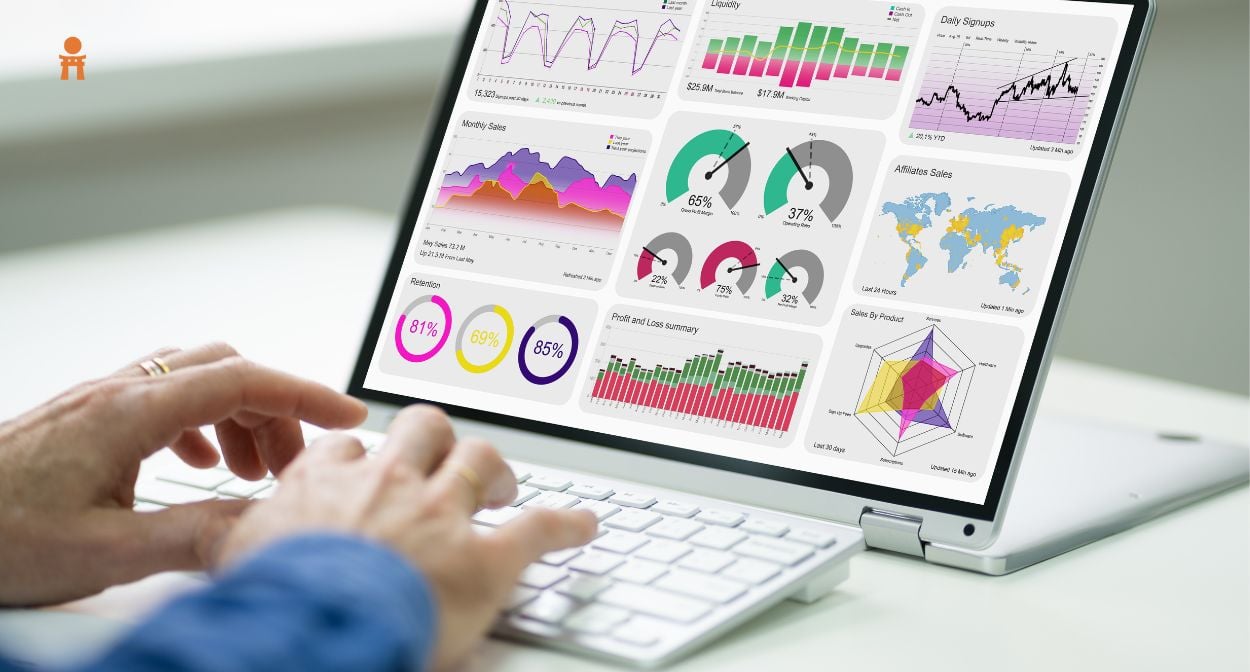In today’s data-driven world, businesses are constantly collecting and analyzing vast amounts of information to gain insights and make informed decisions. However, traditional methods of data analysis are often insufficient to fully capture the complexity of modern data sets. This is where graph analytics comes in.
One might say that the difference between data and graph analytics is like a movie script and a movie itself – but that is not entirely accurate. It can be compared to a movie that tells a story, while analytics is akin to the script that guides the movie’s plot. In contrast, data itself can be likened to a jumbled set of words, much like an incomplete puzzle that traditional methods cannot piece together.
What is graph analytics?
Enter graph analytics – the ultimate tool for uncovering hidden connections and patterns in your data.
Have you ever wondered how to make sense of the overwhelming amount of data that surrounds us? It is a game-changing tool/technology that allows us to uncover patterns and connections in data that traditional methods can’t reveal. It is a way of analyzing data that is organized in a graph structure, where data is represented as nodes (vertices), and the relationships between them are represented as edges.
How graph analytics are better for handling complex data sets?
And let’s not forget, it is also great at handling large and complex data sets. It’s like having a supercomputer at your fingertips. Imagine trying to analyze a social network with traditional methods, it would be like trying to count the stars in the sky with your bare eyes. But with graph analytics, it’s like having a telescope to zoom in on the stars.
Furthermore, graph analytics also provides a valuable addition to current machine-learning approaches. By adding graph-based features to a machine learning model, data scientists can achieve even better performance, which is a great way to leverage graph analytics for data science professionals.
Explanation of graph structure in data representation
It is a powerful tool for data representation and analysis. It allows data to be represented as a network of nodes and edges, also known as a graph. The nodes in the graph represent entities or objects, while the edges represent the relationships or connections between them. This structure makes it easier to visualize and understand complex relationships between data points.
Comparison to traditional methods of data analysis
Without graph analytics, a data scientist’s life would be like trying to solve a jigsaw puzzle with missing pieces. Sure, you can still see the big picture, but it’s not quite complete.
Traditional methods such as statistical analysis and machine learning can only get you so far in uncovering the hidden insights in your data. It’s like trying to put together a puzzle with only half the pieces but with graph analytics, it’s like finding the missing pieces to the puzzle. It allows you to see the connections and patterns in your data that you never knew existed.
Insights from industry experts on real-world applications
In our webinar, “Introduction to Graph Analytics,” attendees learned from industry experts Griffin Marge and Scott Heath as they shared insights on the power of graph analytics and discovered how one can begin to leverage it in their own work.
During the introductory session, a comprehensive overview of GraphDB was provided, highlighting its unique features and the ideal use cases for graph technology. Following this, the session focused on the specific use case of fraud detection and featured a demonstration of a potential graph-based solution.
Summing it all up, this talk will help you in understanding how graph analytics is being used today by some of the world’s most innovative organizations. So, don’t miss out on this opportunity to expand your data analysis skills and gain a competitive edge.
Conclusion
All in all, graph analytics is a powerful tool for unlocking insights in large and complex data sets that traditional methods of data analysis cannot fully capture. By representing data as a graph structure with nodes and edges, graph analytics allows for a more comprehensive understanding of relationships between data points. If you want to expand your data analysis skills and stay ahead of the curve, graph analytics is a must-have tool in your arsenal.
Written by: Hamza Mannan Samad

